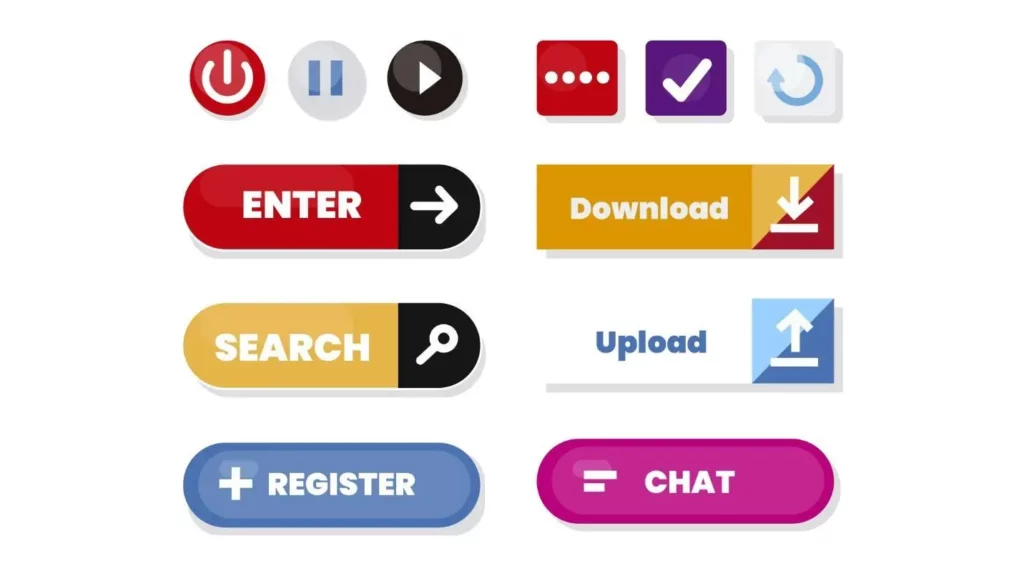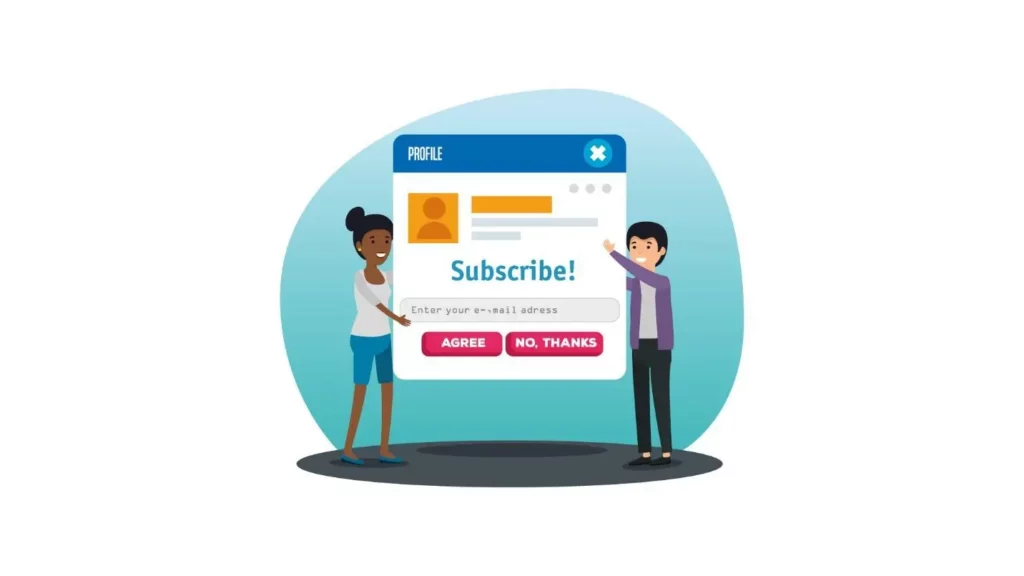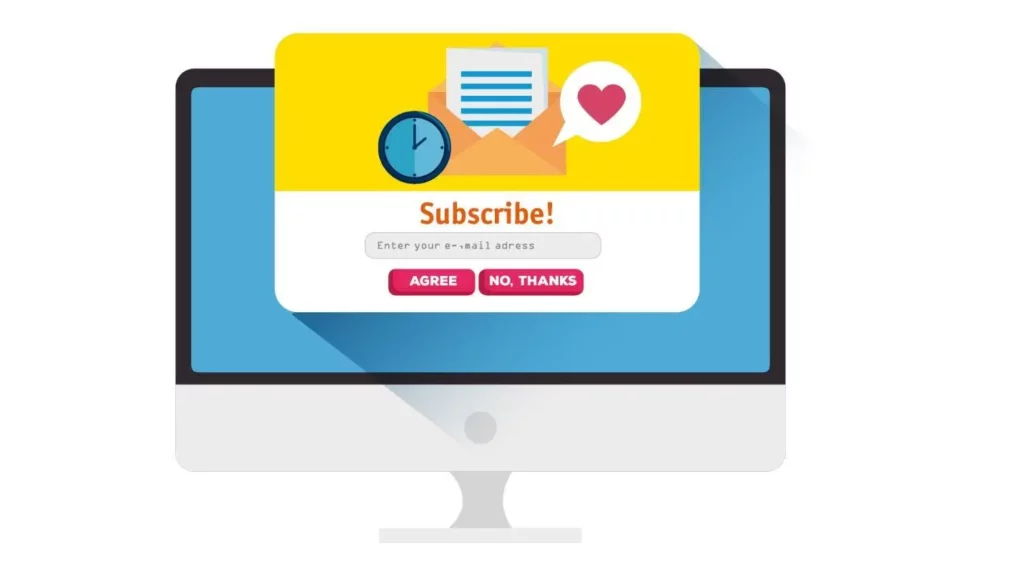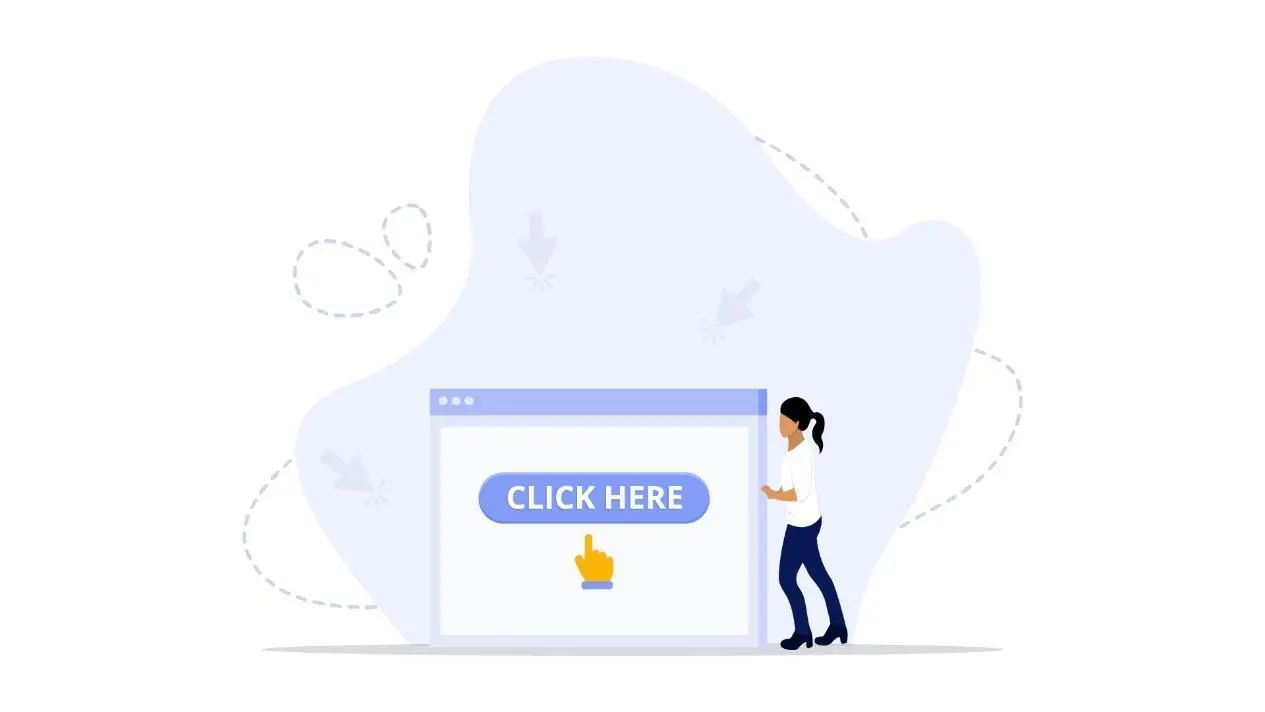If you’ve ever managed a website, you know that engaging visitors is necessary. Like iOS app development, website development should consider CTAs while formulating the website. Call to Action (CTA) is one of the most effective ways to enhance this engagement factor.
Many website owners often find themselves asking, “Can Google mandate a CTA on a website?” The short answer is no—Google can’t force you to include a CTA. However, its preferences can highly affect how your site performs in search engine results.
What’s a CTA, Anyway?
A Call to Action (CTA) is a prompt that nudges users to take a specific action on your site. Use of phrases like “Sign Up Now,” “Buy Now,” or “Learn More.” They may sound simple but they are crucial to guide visitors toward important actions, for example making a purchase, joining a newsletter, or researching more about your content.

CTAs are necessary for many reasons. They increase the probability of conversions and direct users to relevant information. CTA can convert temporary visitors into potential customers, notably improving your website’s overall performance when done the right way.
Consider This
Without a clear CTA, visitors may browse your site aimlessly, unsure of what to do next. A well-placed CTA can clarify the next steps, turning a passive reader into an active participant on your site. This leads to a stronger and more stable relationship with your website’s visitors. Thus, this active collaboration increases the probability of conversions.
So, investing in custom web development services can be a trick to gather potential customers or clients on a single platform – your website.
Why Are CTAs Important?
You might wonder, why should I care about CTAs? First off, they help users navigate your site more easily. A clear CTA can be the difference between a visitor bouncing away or completing a purchase. Moreover, they help in providing a positive user experience, which makes it easy for the audience to find what they are looking for. Eventually leading to repeat visits and greater customer loyalty, which is indispensable in today’s high-competition online marketplace.
Enhancing User Experience

User experience is a top priority for many website owners. Guiding users toward relevant content and also improving their overall experience are the main advantages of using effective CTAs. When users feel supported in their navigation, they are more likely to return, ultimately benefiting your site in the long run.
To give your users a unique perspective and engagement factor while visiting your website, you can use the services of a WordPress development company. Their skills will give your website an edge over your competitors.
Increasing Conversion Rates
Conversion rates are a key metric for any online business. A well-crafted CTA can directly influence these rates by encouraging users to take desired actions. For instance, a prominent “Shop Now” button can entice users to explore your products, while a “Subscribe” prompt can build your email list. In short, every CTA should be thoughtfully designed to convert visitors into customers.
How Does Google Influence CTAs?
While Google can’t force you to add CTAs, it does favor websites that provide a great user experience. Here’s how Google impacts the role of CTAs:
1. User Engagement
Google looks for signals that show users enjoy your site. When users are engaged they are more likely to spend more time on your website, Go through more pages, and take actions that benefit your business.
2. Bounce Rate
If users leave your site quickly, it might hurt your ranking. A compelling CTA can keep them on your page longer. High bounce rates mean to Google that your content may not be meeting user expectations, which can lead to lower search rankings.
3. Click-through Rate (CTR)
A well-crafted CTA can boost your CTR. When you get more clicks it signals to Google that your content is relevant and worth promoting. A positive feedback loop is created by this, where improved rankings lead to more traffic, which in turn leads to even better rankings.
CTA requirements for websites

To make the most of your CTAs, it’s essential to follow some best practices:
- Be Clear
Use straightforward language. Confusing CTAs often lead to missed opportunities. A clear message makes it easier for users to understand what action they need to take and reduces the load on them.
- Use Action Words
Words like “Join,” “Get,” or “Start” create a sense of urgency and encourage immediate action. Action verbs are effective because they prompt users to visualize themselves taking that action.
- Make It Stand Out
Design your CTAs to be visually distinct. Contrasting colors or bold buttons can grab attention. Ensure that the CTA is easily noticeable without overwhelming other content on the page.
- Place Strategically
Position your CTAs where users are most likely to see them. This could be at the top of the page, within the content, or at the end of a blog post, depending on the context.
Google best practices for CTAs
Google offers some best practices that can help improve the effectiveness of your CTAs. Here’s what to consider:
- Optimize for Mobile
With many users browsing on mobile, ensure your CTAs are easy to tap and navigate on smaller screens. Reactive web design is necessary to ensure that CTAs look and function well across all devices.
- Test Different Variations
A/B testing different CTAs can reveal what resonates best with your audience. Playing with wording, design, and placement helps to determine the most effective pairing. Constant testing is also needed to improve performance over time.
- Ensure Accessibility
Make sure your CTAs are accessible to everyone, including those with disabilities. This can include using descriptive text for screen readers or ensuring that buttons are easy to navigate via keyboard. A user-friendly and reachable website not only serves a broad audience but also demonstrates your commitment to equity.
Optimizing Your Website for Search Engines
To ensure your CTAs are effective, your website must be properly indexed by search engines. This includes multiple strategies to make sure that Google and other search engines can smoothly crawl and understand your content.
Why Website Indexing Matters
Website indexing is the process by which search engines discover and store information about your pages. For your site to appear in search results proper indexing is crucial. If your CTAs are on pages that aren’t indexed, they won’t drive any traffic or conversions.
Utilizing SEO Tools for Optimization
A helpful tool for managing your site’s indexing and overall SEO performance is Moz.
What Is Moz?
Moz provides a range of features designed to help you track and improve your site’s SEO health:
- Keyword Research: Discover the keywords that are driving traffic to your site.
- Site Audits: Conduct thorough audits to identify technical issues that may prevent your site from being indexed effectively.
- Link Building Tools: Moz offers tools to help you figure out link-building, and improve search rankings.
- Tracking and Reporting: Monitor your rankings and track the effectiveness of your CTAs
Conclusion
To wrap things up about your query “Can Google mandate a CTA on a website”, No! Google doesn’t require you to include calls to action (CTAs) on your website. However, having them can boost user engagement and improve your search rankings. Clear CTAs guide your visitors on what to do next and make your site more visible.
To be successful in today’s digital world using creative CTAs is a must. The more you engage with your audience, the more likely you are to turn them into loyal customers. So, if you have decided to take your website engagement to the next level, reach out to Tambena Consulting today. Our experts will help you build stronger relationships and grow your brand.






